Why Synagogues Are Embracing Text-Based RSVPs to Boost Engagement
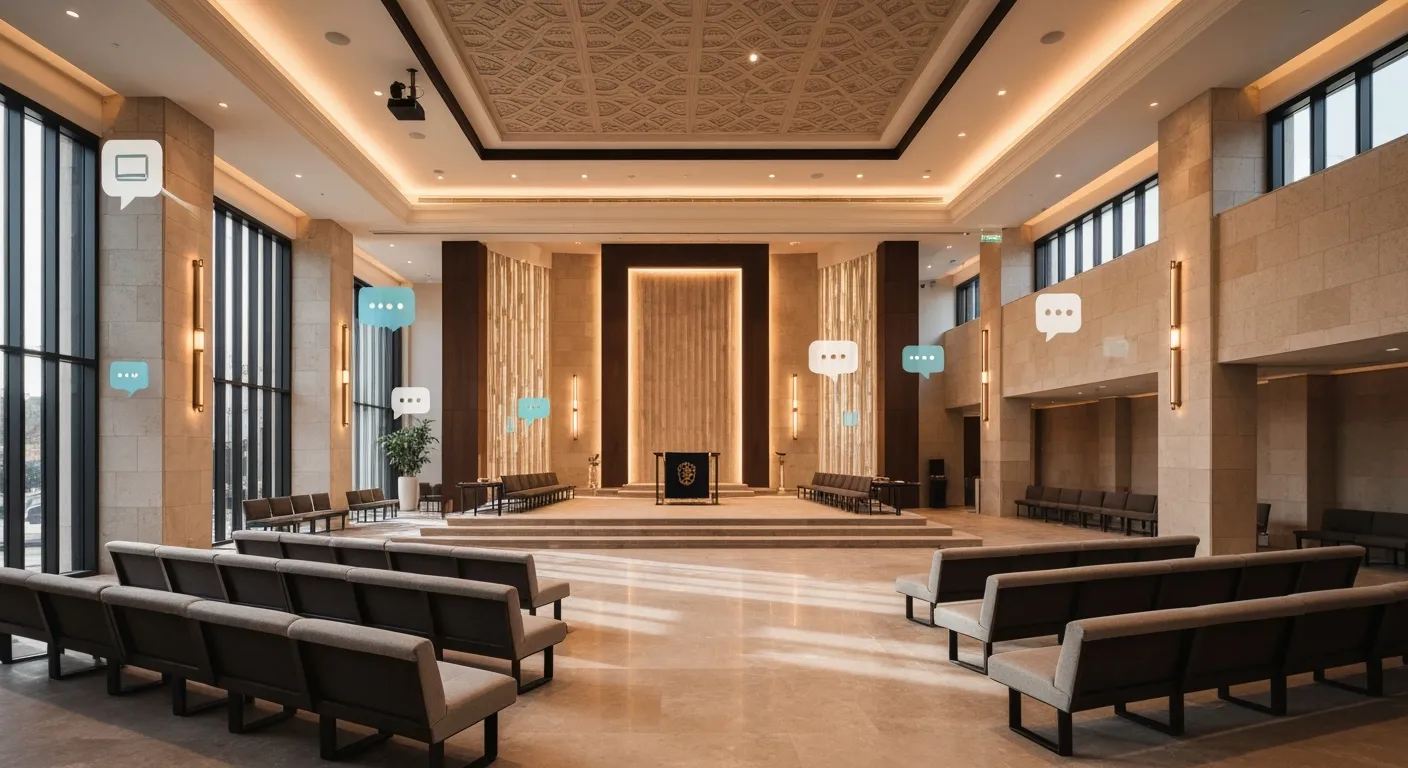
Embracing Digital Innovation in Jewish Communities
As synagogues strive to strengthen community bonds and enhance participation, many are turning to modern communication technologies. Among these, text-based RSVP systems have emerged as a particularly effective tool, offering a streamlined and inclusive approach to event management and member engagement. This article explores why synagogues are adopting text-based RSVPs, the benefits they bring, and the broader digital transformation reshaping Jewish communal life.
The Digital Shift in Synagogue Communication
How are synagogues adopting digital transformation?
Many synagogues are embracing technology to strengthen their communities. They are adopting digital tools such as mobile apps, social media platforms, and electronic newsletters to communicate more effectively with congregants. This transition helps make interactions more immediate, personalized, and accessible.
How do mobile apps, social media, and newsletters improve engagement?
Mobile apps are being used to share service times, send reminders, and manage event RSVPs. These apps enable congregants to easily see upcoming events, confirm attendance, and stay connected.
Social media platforms like Facebook, Instagram, and Twitter serve as tools for community building. They allow synagogues to share news, stream live services, and promote events, making participation more accessible for members and even those outside the traditional community.
Digital newsletters and targeted email campaigns are also key. They allow synagogues to personalize messages, gather feedback, and keep members informed and engaged. This flow of tailored communication fosters a sense of belonging.
How is event management integrated into digital communication?
Many synagogues utilize online platforms that combine event management with RSVP features. These tools streamline the process of planning and coordinating events, tracking attendance, and updating congregants in real-time.
Some institutions are adopting community management software to manage detailed member records. This technology supports personalized outreach and helps monitor participation trends.
What does this mean for the future of synagogue engagement?
Overall, digital tools play a crucial role in creating more interactive, inclusive, and responsive Jewish communities. By integrating these systems, synagogues can better understand their members, foster deeper connections, and ensure their community remains vibrant and engaged.
| Tool Type | Functionality | Benefits |
|---|---|---|
| Mobile Apps | Service times, reminders, RSVP management | Easy access, real-time updates, streamlined attendance |
| Social Media | Sharing events, live streaming, community news | Broad outreach, increased accessibility |
| Digital Newsletters | Personalization, feedback collection | Engaged and informed community |
| Community Software | Member records, communication, event planning | Data-driven insights, targeted outreach |
| Payment & Donation Systems | Simplified donations, ticketing, RSVPs | Efficient fundraising, integrated financial transactions |
By harnessing the power of digital technology, synagogues can better serve their members, invite new participants, and strengthen Jewish life in the digital age.
Benefits of Text-Based RSVP Systems in Synagogues

What are the benefits of using text-based RSVP systems in synagogues?
Implementing text-based RSVP systems in synagogues provides numerous advantages that enhance community engagement and streamline operations. One primary benefit is convenience; members can quickly respond to event invitations using their smartphones, making participation easier and more accessible.
These systems also significantly improve event planning by enabling fast responses. This reduces the workload on administrative staff, who no longer need to manually track paper responses or manage complex phone lists. Instead, responses are automatically collected and organized, saving time and reducing errors.
Communication becomes more efficient with text-based systems. Synagogues can send immediate reminders, updates, or follow-up messages, ensuring that community members stay informed and engaged. This instant interaction fosters a sense of connection and encourages higher participation rates.
Moreover, these systems are particularly appealing to younger members who are accustomed to texting as their primary form of communication. By adopting SMS RSVP tools, synagogues demonstrate they are attuned to modern communication preferences, making their outreach more relevant.
Additionally, features like automated follow-ups and group messages facilitate ongoing dialogue within the community. Members can provide feedback easily, helping synagogues tailor their programs to better meet the needs and interests of their congregants.
Overall, text-based RSVP platforms leverage the ubiquity of smartphones, making community involvement more seamless, immediate, and engaging. They help foster stronger bonds within the congregation while simplifying event management and encouraging broader participation.
Implementing Text-Based RSVPs to Maximize Participation
How can synagogues implement text-based RSVPs to boost community participation?
To effectively introduce text-based RSVPs, synagogues should select a platform that is simple and accessible for all members. For example, Chabad Cornell successfully uses straightforward SMS systems where congregants can respond to event invitations with brief keywords, such as 'RSVP' or 'YES.'
The process begins with guiding members on how to create a login or register their phone number with the system. Clear instructions should be displayed in newsletters, announced during services, and posted on community bulletin boards to ensure widespread awareness.
Using targeted messaging tools like Shulware or specialized SMS services allows synagogues to send personalized reminders. These can include upcoming event notifications, last-minute changes, or urgent community messages, which prompt members to respond quickly.
Supporting members with technical assistance via phone or online help desks helps overcome barriers to adoption. It's also important to communicate any associated costs, such as message fees, so members understand the process.
Overall, implementing a user-friendly, well-promoted SMS RSVP system, combined with supportive technical guidance, can significantly boost participation and streamline event planning.
What are some promotional strategies for encouraging use?
Promotion plays a crucial role in adoption. Synagogues should leverage multiple channels—emails, social media, and onsite signs—to announce the new RSVP method.
Engaging community leaders and volunteers to demonstrate the system during events increases comfort and trust among members. Incentives or special recognitions for early adopters can further motivate usage.
Additionally, emphasizing how the system simplifies participation, saves time, and respects members' preferences makes it more appealing.
What technical guidance and support should be provided?
Providing step-by-step tutorials, both in print and video formats, helps demystify the process. Setting up a dedicated support line or a help email offers immediate assistance for members experiencing difficulties.
Training staff or volunteers to assist in real-time, especially during initial rollout, ensures a smooth transition. Regular feedback collection enables continuous improvement of the system.
How does integration with targeted messaging and reminders enhance engagement?
Integrating RSVPs with targeted messaging allows synagogues to send personalized reminders based on attendance history and preferences. For instance, a member who regularly attends holiday events can be reminded about upcoming celebrations.
Timely reminders not only increase participation but also help members feel valued and connected. Using analytics from the RSVP system to identify patterns enables more effective communication strategies, fostering a vibrant, engaged community.
Impact of Text-Based RSVPs on Synagogue Communication and Growth
In what ways do text-based RSVPs impact synagogue communication and organizational growth?
Implementing text-based RSVP systems transforms how synagogues communicate and organize events. By allowing members to respond quickly and directly through their mobile devices, these digital tools make the process of planning gatherings more efficient. Organizers can instantly gauge interest, adjust plans accordingly, and communicate updates in real-time.
This rapid and clear channel of communication encourages greater participation. When congregants receive timely reminders and can confirm their attendance effortlessly, they are more likely to engage actively in community activities. The convenience of texting reduces barriers to involvement, making it easier for members to stay connected.
Moreover, integrating RSVP features into broader digital platforms—such as email campaigns, social media, and mobile apps—strengthens overall organizational capacity. These tools not only streamline event coordination but also support broader community growth objectives.
Research shows that synagogues adopting advanced digital communication methods tend to experience higher attendance, more active engagement, and increased donations. The immediacy and accessibility of text RSVPs foster a sense of responsiveness and inclusion, essential for modern congregational life.
Digital tools like text-based RSVPs also allow synagogues to build more dynamic, responsive, and inclusive operations. They enable real-time updates, personalized messaging, and better data collection on member participation, helping leaders to tailor their offerings and outreach strategies effectively.
In summary, the adoption of text-based RSVPs enhances communication efficiency, boosts engagement levels, supports organizational growth, and nurtures a vibrant, responsive community that is well-equipped to meet contemporary challenges and opportunities.
Modern Digital Communication Approaches Beyond RSVPs
What modern communication approaches, including text-based RSVPs, are synagogues adopting to foster engagement?
Synagogues are increasingly leveraging digital tools to strengthen their community ties and make participation more accessible. Among these, social media platforms like Facebook, Instagram, and Twitter are popular for sharing updates, celebrating milestones, and highlighting community stories.
Email newsletters serve as personalized communication channels that inform congregants about upcoming events, educational programs, and community news. These newsletters often include embedded RSVP links or prompts, simplifying the registration process for events.
Mobile apps have become central to synagogue operations. They provide real-time updates on service times, event reminders, and community news. Many apps feature RSVP functionalities, enabling members to register for events with a few taps, which streamlines management and attendance tracking.
To deepen engagement, synagogues produce multimedia content such as videos, testimonials, and educational podcasts. These materials offer a more immersive experience, helping congregants connect emotionally and intellectually with their community.
Interactive outreach is also common. Digital surveys and quizzes gather feedback on community needs, while personalized messaging campaigns target specific groups or individuals based on their interests or involvement history.
A comprehensive, accessible website acts as a digital hub for information and resources. It often hosts forums, study groups, and virtual event spaces, expanding the synagogue’s reach beyond physical boundaries.
Through these modern communication methods, including text-based RSVPs, synagogues are creating dynamic, inclusive channels that encourage active participation and foster a vibrant sense of belonging.
Trends and Motivations Driving Adoption of Modern RSVP Technologies
What are the trends and motivations behind religious communities adopting modern RSVP technologies?
Religious communities are increasingly turning to digital RSVP systems to foster more active participation and streamline their communication efforts. A significant trend is the shift toward mobile-first platforms, which make it easier for congregants to respond to invitations, register for events, and provide real-time feedback using their smartphones. This approach aligns with the preferences of younger generations like Millennials and Gen Z, who are accustomed to instant connectivity and digital interactions.
In addition to mobile convenience, communities are integrating advanced tools such as artificial intelligence and virtual reality to create immersive worship and educational experiences beyond the physical location. This digital enhancement not only broadens access but also deepens engagement through personalized content and virtual community-building.
Operational efficiency and security are top priorities for these institutions. Modern RSVP technologies help manage attendance easily, reduce administrative burdens, and ensure data protection through secure platforms. By integrating payment systems for donations and event tickets, they simplify financial transactions alongside RSVP management.
Furthermore, these digital solutions enable communities to build stronger bonds through tailored communication. Personalized messages, targeted outreach based on participation data, and interactive social media campaigns foster a sense of belonging and involvement. Real-time updates via digital displays and social media ensure members stay informed and connected, even in times of social distancing.
Overall, the adoption of advanced RSVP and community management tools reflects a strategic effort to modernize religious engagement, making it more accessible, efficient, and meaningful for members of all ages. These technologies support the broader goal of nurturing vibrant, resilient faith communities in an increasingly digital world.
Creating Inclusive, Accessible, and Streamlined Event Management with Text-Based RSVPs
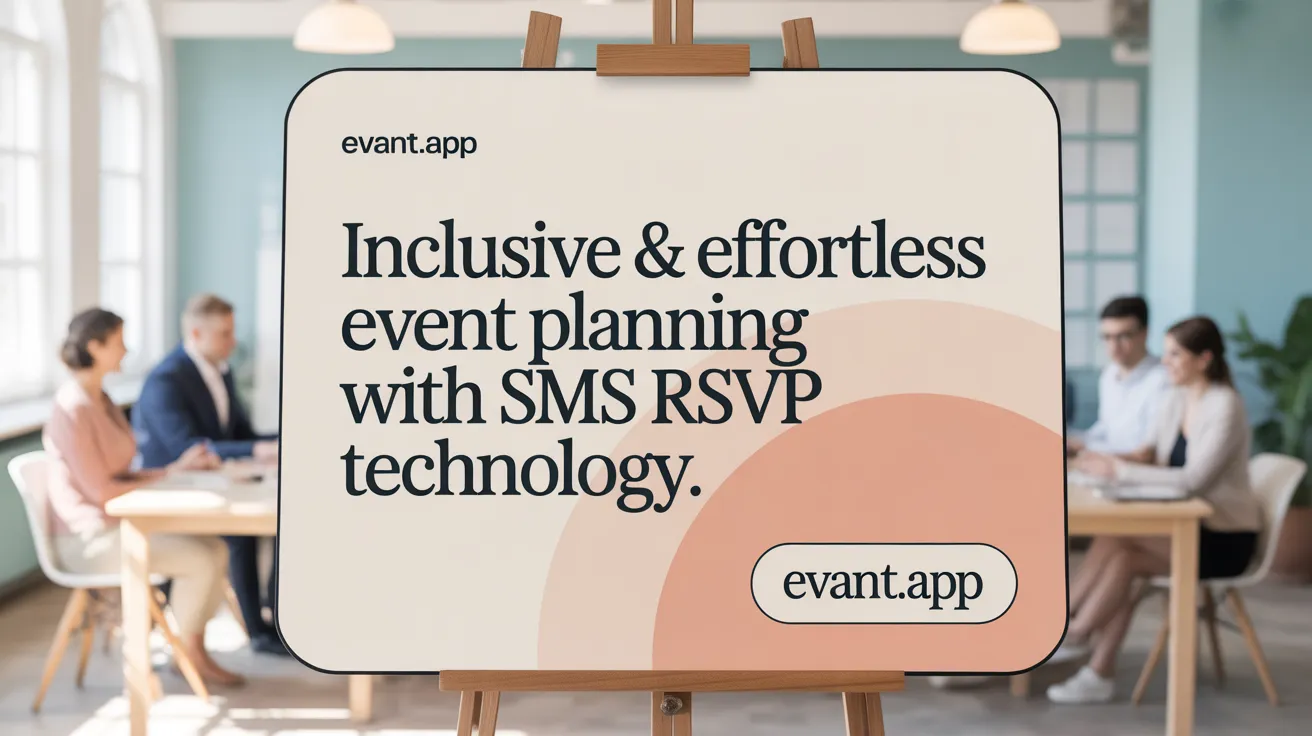
How do text-based RSVPs contribute to creating inclusive, accessible, and streamlined event management in synagogues?
Text-based RSVPs play a crucial role in making synagogue event management more inclusive and easier to handle. By using SMS and MMS technology, these RSVP systems are compatible with nearly all mobile devices, from smartphones to basic feature phones. This broad access allows members of all ages and abilities to respond easily, regardless of their familiarity with digital platforms.
Many congregation members, especially older adults or those living in rural areas with limited internet connectivity, benefit from this straightforward communication method. Unlike email or social media campaigns, which might exclude such demographics, text-based RSVPs ensure everyone has a simple, accessible way to engage.
Additionally, specialized texting platforms help synagogues comply with communication regulations like the Telephone Consumer Protection Act (TCPA). These platforms promote transparent opt-in and opt-out processes, building trust and demonstrating respect for members' preferences.
Landline texting is another valuable feature, enabling synagogues to reach members who might not have mobile phones but do have landlines. This expands outreach and maintains consistent communication.
Furthermore, the efficiency of tracking attendance improves significantly with text-based RSVP systems. Organizers can respond quickly to responses, adjust plans in real time, and analyze participation patterns more easily. This streamlining supports better event planning and enhances the overall experience for community members.
In summary, text-based RSVPs foster a more inclusive, accessible, and efficient approach to event management, ensuring that all congregants can participate easily and that synagogue leaders can manage events more effectively.
Harnessing Data-Driven Approaches to Strengthen Engagement
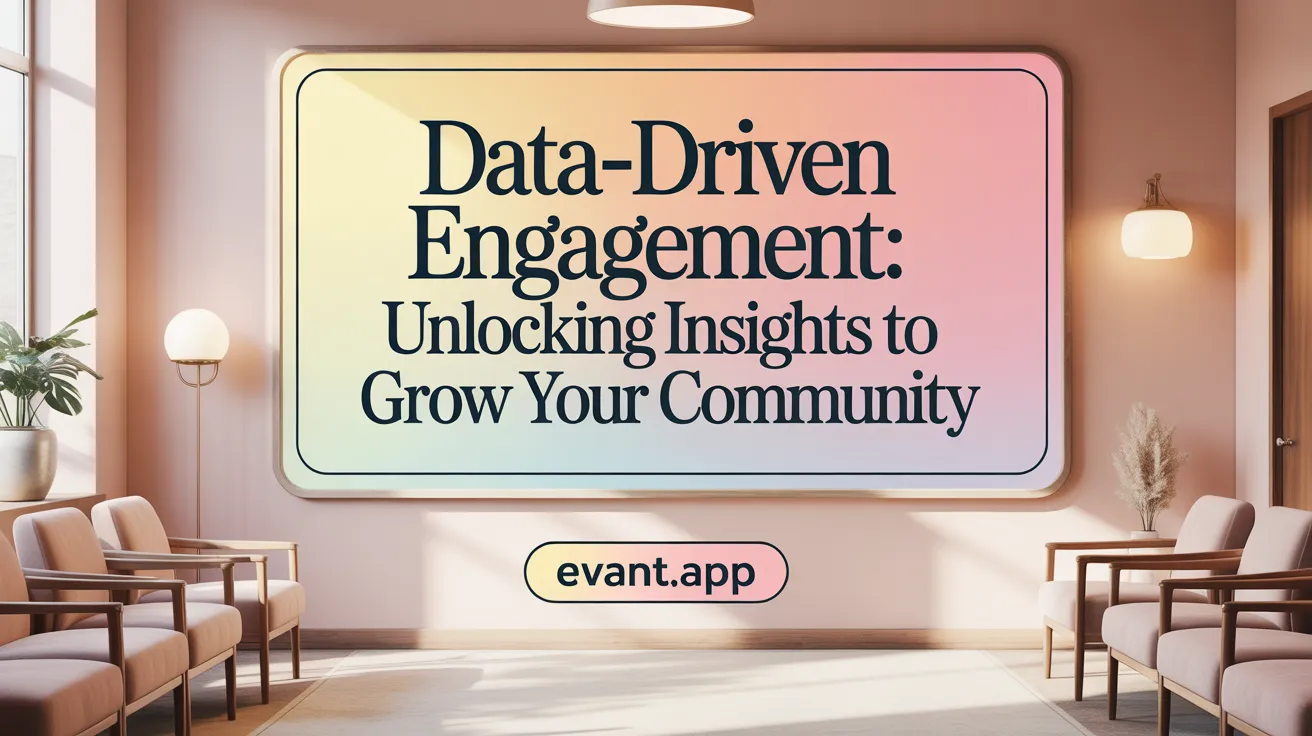
Use of CRM and Engagement Analytics
Many synagogues are now utilizing Customer Relationship Management (CRM) systems like ShulCloud to track individual participation, donations, and event attendance. These platforms help communities understand who their active members are and how they engage with various programs.
Analytics derived from these systems reveal patterns such as which services are most popular and demographic preferences. This data enables synagogues to tailor their offerings, ensure inclusivity, and foster a sense of belonging.
Targeted Outreach Based on Participation Data
Data allows synagogues to identify members who might benefit from personalized outreach. For example, if participation in a certain program drops, staff can follow up with personal messages, invitations, or surveys to reconnect.
This approach also helps in initiating contact with non-members or less active members, creating opportunities for new connections and membership growth.
Identifying Donors and Growing Membership
Analyzing donation and engagement data helps synagogues recognize potential donors and understand what interests them most. This understanding supports creating customized giving options like flexible dues models, and mapping involvement trends.
Such targeted efforts can encourage increased contributions and attract new members by demonstrating a community that values individual involvement.
Balancing Technology with Spiritual Community Values
While data and digital tools enrich community engagement, they should complement rather than replace personal, spiritual connections. Synagogues are advised to adopt gradual, 'crawl, walk, run' strategies—starting small with digital initiatives and expanding based on confidence and community feedback.
Ultimately, integrating data-driven methods supports a vibrant, inclusive community that reflects modern communication preferences while maintaining its spiritual core.
Digital Judaism: Expanding Jewish Life and Community Through Technology
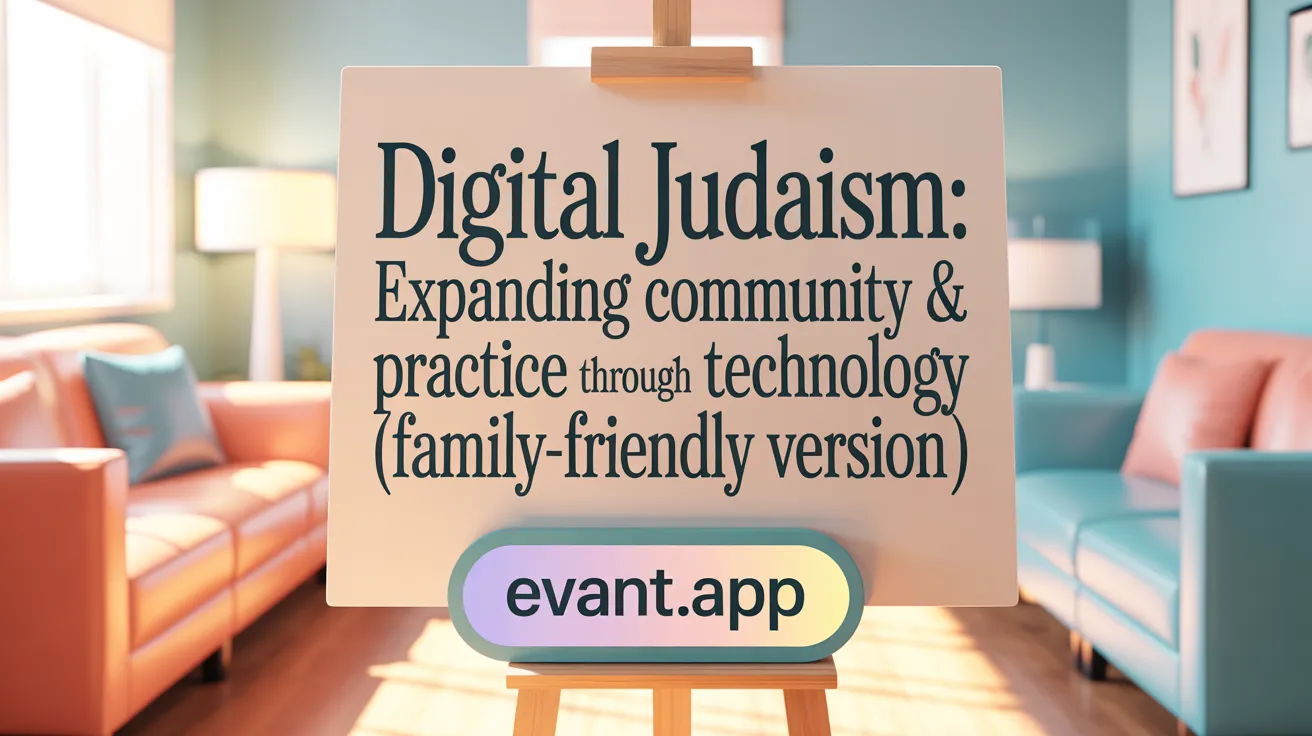
How are digital spaces becoming hubs of Jewish practice and community?
Digital spaces, such as synagogue websites, social media pages, and virtual communities, have become essential for Jewish life today. They function as legitimate sites of practice and gathering, much like physical synagogues used to be. Through these online platforms, people access resources, attend services via live streams, and participate in communal activities.
Websites and digital signage inside synagogues now provide real-time updates on service times, community events, and important news. These are often integrated with RSVP systems, making it easy for members to confirm attendance and stay connected.
How do online Jewish groups foster real-world relationships?
Online communities like Facebook groups or dedicated forums serve as launchpads for deeper, real-world connections. Many groups organize in-person Shabbat dinners, youth activities, or political activism, translating virtual engagement into tangible community building.
For example, initiatives such as local meetup events or study groups often originate from online interactions, strengthening bonds and fostering a sense of belonging beyond the digital realm.
How does digital inclusion empower marginalized Jewish groups?
Digital platforms offer accessible and inclusive environments for marginalized groups within the Jewish community, such as Jews of color, LGBTQ Jews, and those with physical disabilities. Virtual spaces provide a platform where diverse voices can be heard, participate fully, and access religious or educational content without physical barriers.
This inclusivity helps foster community cohesion and ensures everyone can engage with Jewish life on their terms.
What are the transformational spiritual, intellectual, and communal experiences online?
Online Jewish communities expand opportunities for learning and spiritual growth beyond traditional boundaries. Virtual learning platforms host classes, seminars, and discussions that are open to a global audience.
Participation in online rituals, prayer groups, and educational programs can lead to meaningful spiritual experiences, often complemented by in-person gatherings. These digital interactions foster a sense of continuity, innovation, and spiritual connection that enriches modern Jewish practice.
| Aspect | Description | Digital Tools and Examples |
|---|---|---|
| Practice | Worship, rituals, and community events | Live-streamed services, RSVP for events, digital signage |
| Connection | Building relationships beyond online | Virtual study groups, in-person meetups organized via social media |
| Inclusion | Empowering marginalized groups | Online forums, advocacy platforms, accessible content |
| Education | Spiritual and intellectual growth | Online classes, webinars, interactive discussion forums |
Embracing digital technology has become fundamental to the future of Jewish life, creating more inclusive, engaging, and vibrant communities worldwide.
The Future of Synagogue Engagement is Text-Driven and Inclusive
Synagogues embracing text-based RSVPs are not only simplifying event management but are also fostering a more engaged, accessible, and vibrant community. This shift reflects broader digital transformations within Jewish communal life, where data-informed strategies and inclusive technologies converge to meet diverse congregants' needs. As these institutions continue to integrate innovative communication tools, they unlock new opportunities for spiritual growth, member involvement, and organizational vitality. Ultimately, the adoption of text-based RSVPs epitomizes a modern, welcoming approach that strengthens the fabric of synagogue life and ensures its relevance for generations to come.
References
- 10 Innovative Ways to Use Technology in Synagogue Communication
- Building a data-driven synagogue - eJewishPhilanthropy
- Transcending 'Digital Resources,' Embracing Digital Judaism - Evolve
- Synagogues must embrace data-driven strategies to help their ...
- Building Engagement Through Small Self-Led Groups - USCJ
- The Genesis of Our Future | Union for Reform Judaism
- Jewish practices and customs in the U.S. - Pew Research Center
- The Top 10 Creative Digital Engagement Strategies for Churches
- Seven Steps to Developing a Digital Communications Strategy
- 5 Ways Your Church Can Use Text Messaging to Reach More People
Related Blogs
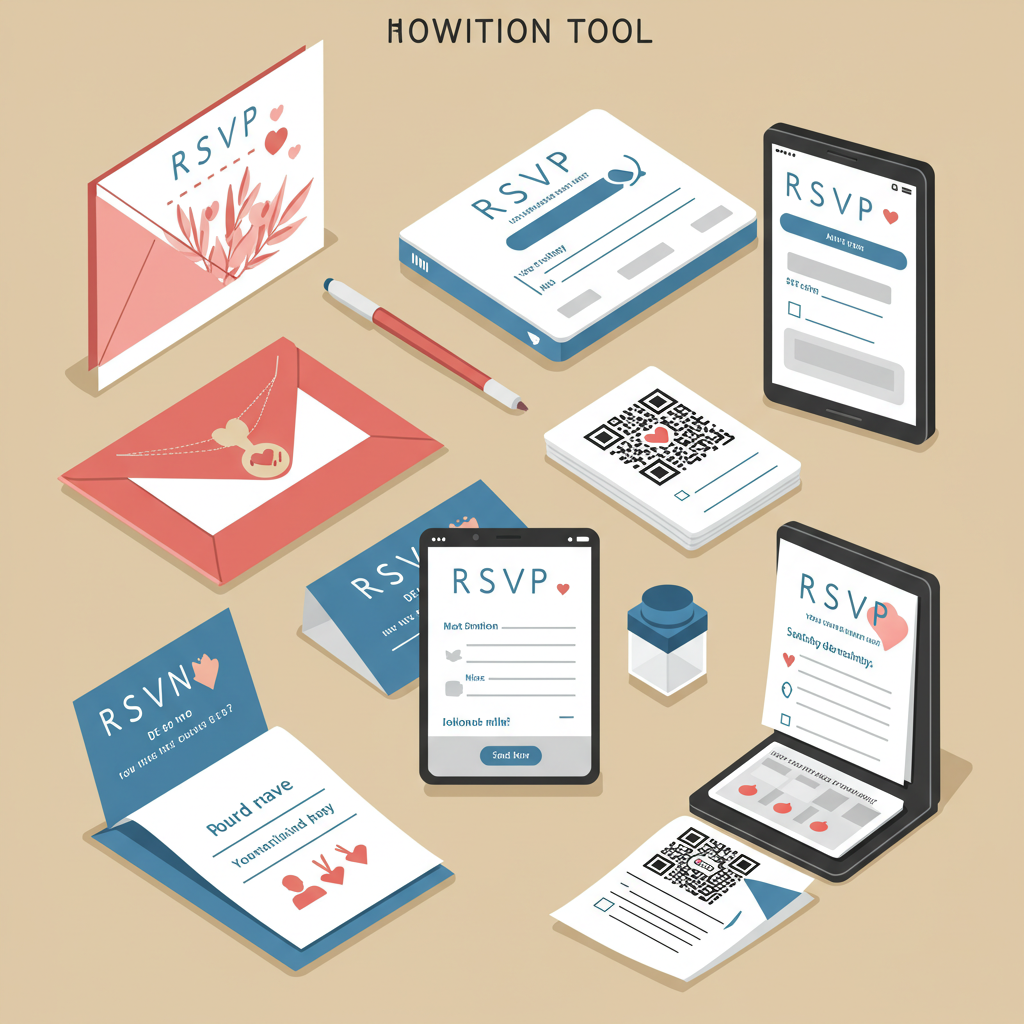

RSVP Tools: Best Options, Google RSVP Limitations & Why Text Wins
Michael PedoeemExplore the best RSVP tools, Google RSVP’s limitations, and why text RSVP is the most efficient for event planning with instant confirmations and reminders.


My School SMS: Bridging the Gap between Schools, Parents, and Students
Michael PedoeemMy School SMS - What's it all about


Ready to transform your community








